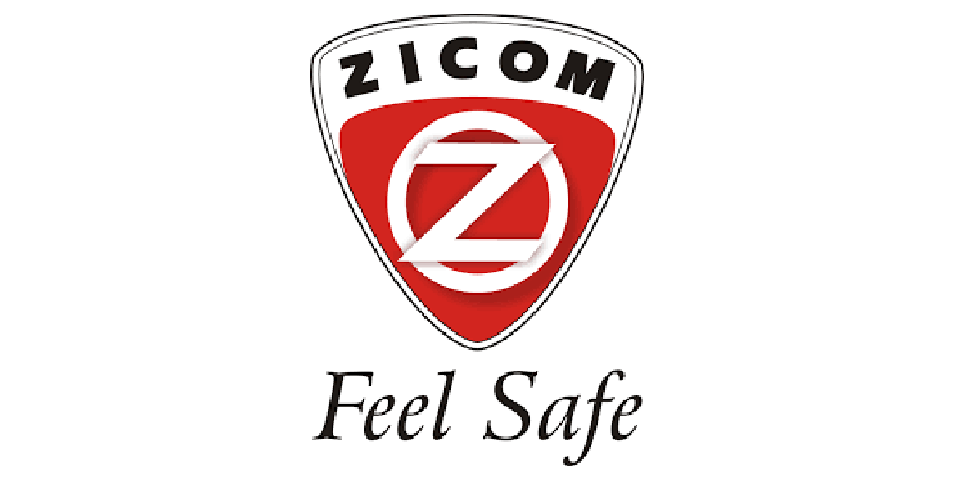Many local authorities and public space managers continue to face budgetary challenges. In the face of cuts to local government funding, thrift is a necessity. Every penny spent must be justified. Local government departments with outdated CCTV control rooms are thus presented with a challenge: do we upgrade our surveillance capacity or watch our CCTV systems decay? For some, you can’t put a price on public safety, even in austere times.
However, those who choose to upgrade their surveillance capacity realise that there is not necessarily a trade off between public safety and local public finances. For today’s surveillance technologies can save money in the long run, as the cost of maintaining old, disparate surveillance systems often means local authorities are spending more on repairs than they need to. Investing in modern surveillance technologies can be more economical than continually paying for repairs to old CCTV systems, as one council CCTV control room operator told us:
“Our previous CCTV system was outdated. We were spending more money on maintaining the old system than it cost to install. It was completely uneconomical in comparison to today’s equipment. The cost of investing in our new system was offset by the money we would have spent on continually repairing the old one”.
Aside from lowering maintenance costs over the long-term, today’s control room software reduces the cost of manual security operations. How? Take iComply’s Incident Reporting application. It systematically reports and logs all incidents, events and alarm triggers, so that manual security resources can be redeployed elsewhere. Similarly, Management Reporting automatically generates graph-rich reports, eliminating the need for control room operators to devote manual resources to report production.
Julia Stack, Community Safety and CCTV Manager at Harrogate County Council affirmed told us that upgrading her council’s CCTV control room technology has produced immediate operational benefits:
“Our councillors agreed that keeping local residents safe by investing in new kit was a priority. So, in 2012, we invested £100,000 in a state of the art facility with digital recording operational capability and flat screens for ease of monitoring. Future proofing was what we did.”
Aside from lowering maintenance costs and freeing up manual security resources, integrated surveillance and security systems can be a means to generate an income, as CCTV Operations Manager for Nottingham Police and Nottingham City Council, Neil Harvey, told us:
“Control room costs can be shared with local businesses and organisations. Police forces, out of town retailers, industrial estates and small and large firms share the benefits of 24-hour integrated surveillance systems, which puts some control room operators in a position to be able to charge for keeping other organisations’ premises safe.”
So, integrated surveillance technologies are not necessarily a drain on financial resources. On the contrary, they are a means to reduce the cost of comprehensive security coverage. The costs of maintaining old, desperate surveillance systems falls substantially. Control room personnel are freed up from time intensive but essential manual exercises. And an income can be generated from local organisations that share the benefits of 24-hour CCTV coverage.





